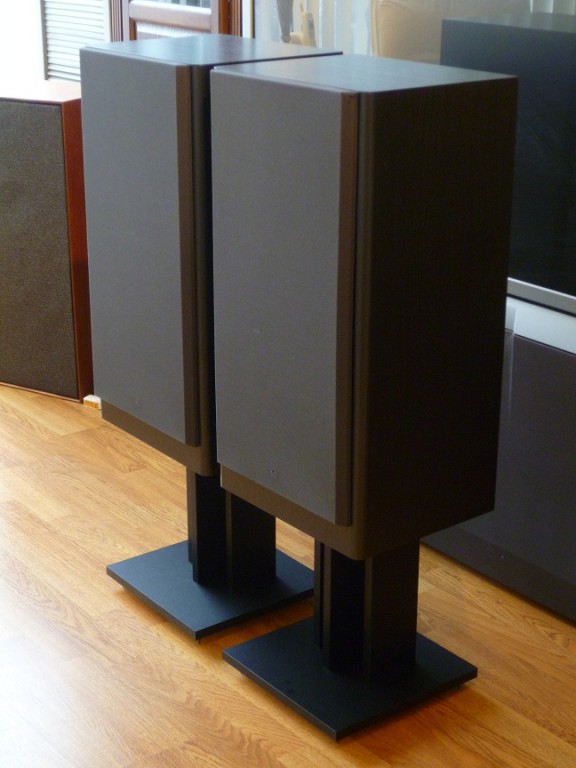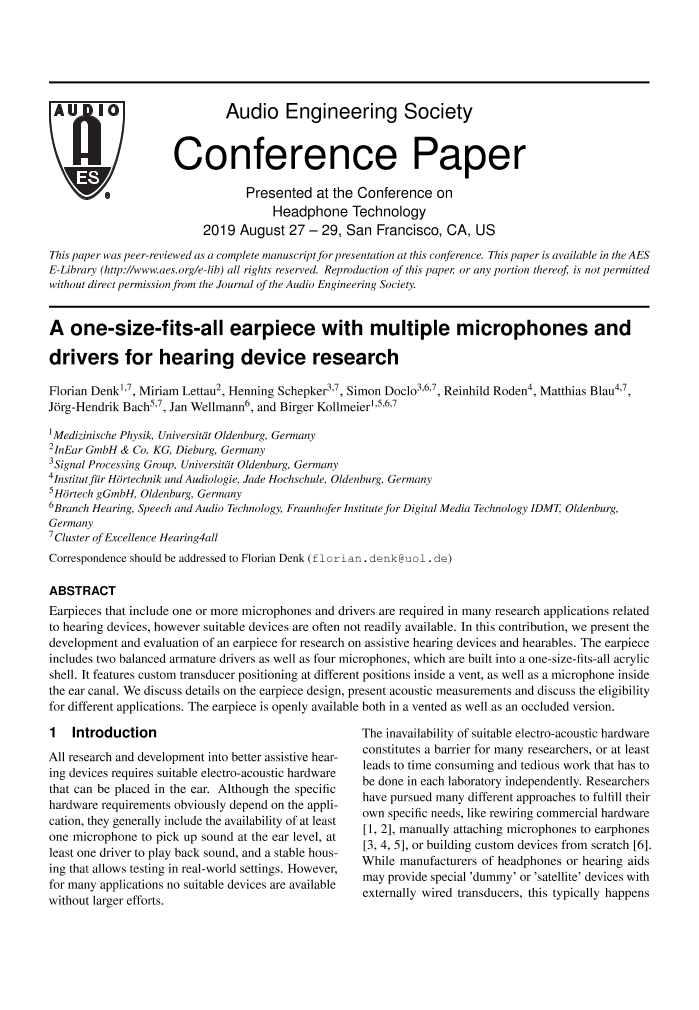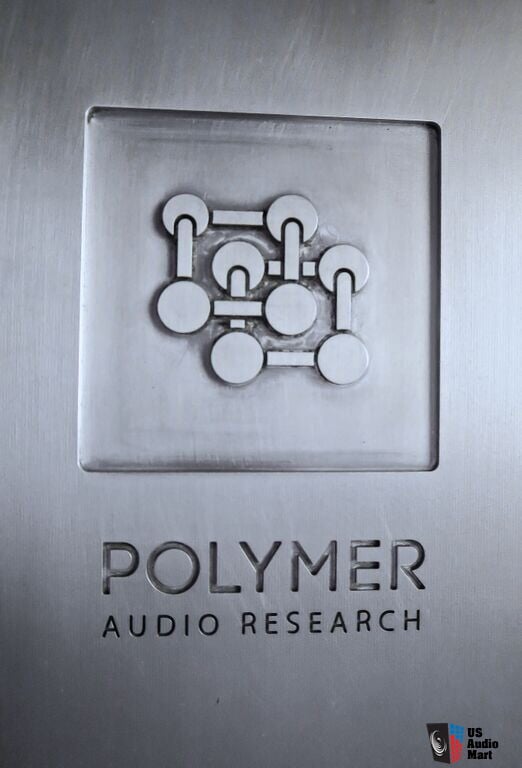Jan 20, 2021 (The Expresswire) - Global “Audio Drivers Market” research report offers qualitative and quantitative insights in relation to industry growth. DAC8 HD AUDIO DEVICE SOFTWARE DRIVERS: The DAC8’s USB driver software provides your computer with special high-speed audio drivers not. Supplied by MS Windows or Mac OS. The Audio Research USB drivers are specially designed to. Assure low jitter BIT PERFECT data transfer between the server/computer and the DAC8 at all.
DUBLIN--(BUSINESS WIRE)--The 'Audio Driver IC - Global Market Trajectory & Analytics' report has been added to ResearchAndMarkets.com's offering.
The publisher brings years of research experience to the 8th edition of this report. The 155-page report presents concise insights into how the pandemic has impacted production and the buy side for 2020 and 2021. A short-term phased recovery by key geography is also addressed.
Global Audio Driver IC Market to Reach $6.1 Billion by 2027
Amid the COVID-19 crisis, the global market for Audio Driver IC estimated at US$2.2 Billion in the year 2020, is projected to reach a revised size of US$6.1 Billion by 2027, growing at a CAGR of 15.9% over the analysis period 2020-2027.
Consumer Electronics, one of the segments analyzed in the report, is projected to record a 16.7% CAGR and reach US$3 Billion by the end of the analysis period. After an early analysis of the business implications of the pandemic and its induced economic crisis, growth in the Telecommunication segment is readjusted to a revised 15% CAGR for the next 7-year period.
The U.S. Market is Estimated at $582.9 Million, While China is Forecast to Grow at 20.6% CAGR
The Audio Driver IC market in the U.S. is estimated at US$582.9 Million in the year 2020. China, the world`s second largest economy, is forecast to reach a projected market size of US$1.4 Billion by the year 2027 trailing a CAGR of 20.6% over the analysis period 2020 to 2027. Among the other noteworthy geographic markets are Japan and Canada, each forecast to grow at 11.3% and 14% respectively over the 2020-2027 period. Within Europe, Germany is forecast to grow at approximately 12.5% CAGR.
Automotive Segment to Record 15.4% CAGR
In the global Automotive segment, USA, Canada, Japan, China and Europe will drive the 14.5% CAGR estimated for this segment. These regional markets accounting for a combined market size of US$339.1 Million in the year 2020 will reach a projected size of US$872.8 Million by the close of the analysis period. China will remain among the fastest growing in this cluster of regional markets. Led by countries such as Australia, India, and South Korea, the market in Asia-Pacific is forecast to reach US$934.9 Million by the year 2027, while Latin America will expand at a 17.1% CAGR through the analysis period.
Competitors identified in this market include, among others:
- Analog Devices, Inc.
- Cirrus Logic, Inc.
- Icepower A/S
- Infineon Technologies AG
- Intersil Corporation
- Microsemi Corporation
- Monolithic Power Systems, Inc.
- NXP Semiconductors NV
- ON Semiconductor Corporation
- Rohm Semiconductors
- Silicon Laboratories, Inc.
- STMicroelectronics
- Texas Instruments, Inc.
Key Topics Covered:

I. INTRODUCTION, METHODOLOGY & REPORT SCOPE
II. EXECUTIVE SUMMARY
1. MARKET OVERVIEW

- Global Competitor Market Shares
- Audio Driver IC Competitor Market Share Scenario Worldwide (in %): 2019 & 2025
- Impact of Covid-19 and a Looming Global Recession
2. FOCUS ON SELECT PLAYERS
Drivers Audio Research Review
3. MARKET TRENDS & DRIVERS

4. GLOBAL MARKET PERSPECTIVE
III. MARKET ANALYSIS
IV. COMPETITION
- Total Companies Profiled: 51
For more information about this report visit https://www.researchandmarkets.com/r/ygsrju
The simplest way to determinethe proper woofer and required cabinet alignment is to use computer simulationto model the response of several woofers in different enclosures. Most woofers available to the DIY communityhave published Thiele/Small parameters that provide the electromechanicalproperties of the loudspeaker. TheThiele/Small or T/S parameters are input into software and the acousticresponse of a given driver can be modeled in a variety of enclosure sizes andalignments. For this project, a good 10”driver will meet the required response for this project without requiring amonkey coffin cabinet. Using SoundEasy,it is pretty simple to input the T/S parameters and generate the expectedfrequency response and driver excursion. For a vented enclosure, it is important to find a driver with a Qtsbetween 0.2 and 0.5. The optimum ratioof the driver’s resonant frequency to Qe for a vented alignment is 100:1 whileratios below 50:1 suggest a sealed enclosure is optimum. The driver selected for this project was thePeerless XXLS 830843 8 ohm 10” woofer because I happened to have 4 on hand andit meets the project requirements. Afterinputting the driver’s T/S parameters from the data sheet into SoundEasy, variouscabinet volumes and tuning frequencies were modeled. The figure below shows the system responsefor a 2.2 cubic foot vented enclosure tuned to 27Hz in red and a 2.2 cubic footsealed enclosure in green.
10” Woofer PortedVersus Sealed Response
The 2.2 cubic foot ventedcabinet tuned to 27Hz was selected even though it represents a slightmisalignment. Although a tuningfrequency of 22Hz would have resulted in flatter response, the cabinet designlimited the length of the port tube as lower tuning frequencies require longerports. Note here that the sealedalignment in green would yield a pretty flat in-room response and is probably abetter overall choice for many listeners. However, our goal of +/-3dB from 35Hz to 20kHz and high SPL could not berealized with a sealed enclosure. Mostpeople have heard a woofer or two bottom out and it is important to considerhow much abuse a woofer can take before employing it in a design. Once the T/S parameters are input and theenclosure is modeled, SoundEasy allows a designer to analyze acoustic phase,internal acoustic pressure on the box, port air velocity, group delay, phaseand system sound pressure level. ThePeerless woofer used in this design has a linear excursion of +/- 12.5mm. Below is a graph showing the expected coneexcursion with a 150 watt input signal with the vented enclosure in red and thesealed enclosure in green. Note thatthis power level yields over 105dB sound pressure level before the driver rollsoff for both enclosure types.
10” Woofer PortedVersus Sealed Excursion
Clearly, vented enclosuresallow significantly more power handling above 20Hz but there is no free lunchhere. Group delay is severely affectedby the vented alignment and this means that vented enclosures are sometimesconsidered to have a less desirable transient response. Considering the majority of music content isabove 40Hz, the group delay for the vented enclosure will suffice for thisproject.
10” Woofer PortedVersus Sealed Group Delay
Drivers Audio Research Software
At this juncture, it isimportant to note that the T/S parameters from the loudspeaker manufacturers donot always match the actual T/S parameters. Many loudspeaker design programs and other tools allow extraction of theT/S parameters. If precision is key andyou do not want to risk cutting cabinets or ports twice then it is important todetermine the actual T/S parameters of a loudspeaker before moving forward withthe design. It is often useful to modelresponse using the manufacturer’s data sheet for a ballpark before purchasing adriver and then measure the actual T/S parameters before proceeding with thedesign using a program such as SoundEasy or Dayton Audio’s WT3 system.
Now that a suitable lowfrequency driver has been selected, it is typical to find a midrange that ismore sensitive. Generally, the lowfrequency driver does not require too much response shaping so the criticalmidrange must have enough sensitivity headroom to allow for response manipulationif needed. Finding the right combinationof woofer and midrange is critical and it is very important to know a fewthings here.
- The woofer tomidrange crossover frequency can safely be increased as the woofer diameterdecreases
- Higher woofer tomidrange crossover frequencies typically equate to less expensive crossoverparts such as smaller value capacitors and inductors.
- Large wooferscrossed over too high have bad off axis response at higher frequencies
- The crossoverfrequency should be an octave or more away from any driver breakup modes
- The T/S Parameterfor resonant frequency (Fs) should be an octave below the desired crossoverfrequency

Some people love the sound of bookshelf speakersbecause the dispersion characteristics are difficult to duplicate by speakerswith huge drivers. As with most thingsin engineering, the art of loudspeaker design is about selecting the set oftradeoffs that make the most sense for a given design goal. While it would be nice to design a 3-waypassive loudspeaker with an 80Hz subwoofer to midrange-woofer crossoverfrequency, the crossover parts at this frequency are pretty expensive. This is one application where activecrossovers have a huge advantage over passive crossovers. Since the Peerless XXLS woofer response getsa little funky above 700Hz, we will shoot for a crossover frequency a minimumof an octave below to reduce the amount of response shaping required. This means that the midrange selected forthis project must have enough surface area and excursion to play well below350Hz at a minimum of 100dB at one meter. Additionally, the midrange should have a resonant frequency less than175Hz. Since I wanted the option to usea 2nd order crossover, a 5 or 6-inch mid-bass was required to meetthe target specifications. The well-reviewedDayton RS150-8 Reference 6” mid-bass is an 8-ohm driver with the necessarysensitivity, excursion, diameter and low resonant frequency required to meetthe design requirements.
The tweeter selected for this project was the SeasPrestige 27TDF. This tweeter wasselected because it is also well reviewed, has good power handlingspecifications, is relatively linear and has a low enough resonantfrequency. It is important to select atweeter with a resonant frequency low enough so that the crossover frequency isa minimum of two times the tweeter’s resonant frequency. The data sheet recommends usage beginning at2.5kHz. Since the Dayton RS150-8mid-bass driver is pretty large, crossing over as low as possible will providebetter off-axis dispersion. Given this,we will attempt to design a crossover frequency of less than 350Hz for wooferto midrange and 2.5kHz for midrange to tweeter. Ultimately, the crossover frequencies may change depending on how thedrivers measure in the target cabinet. With the drivers selected and T/S parameters for the low frequencydriver, we can begin designing a cabinet.

